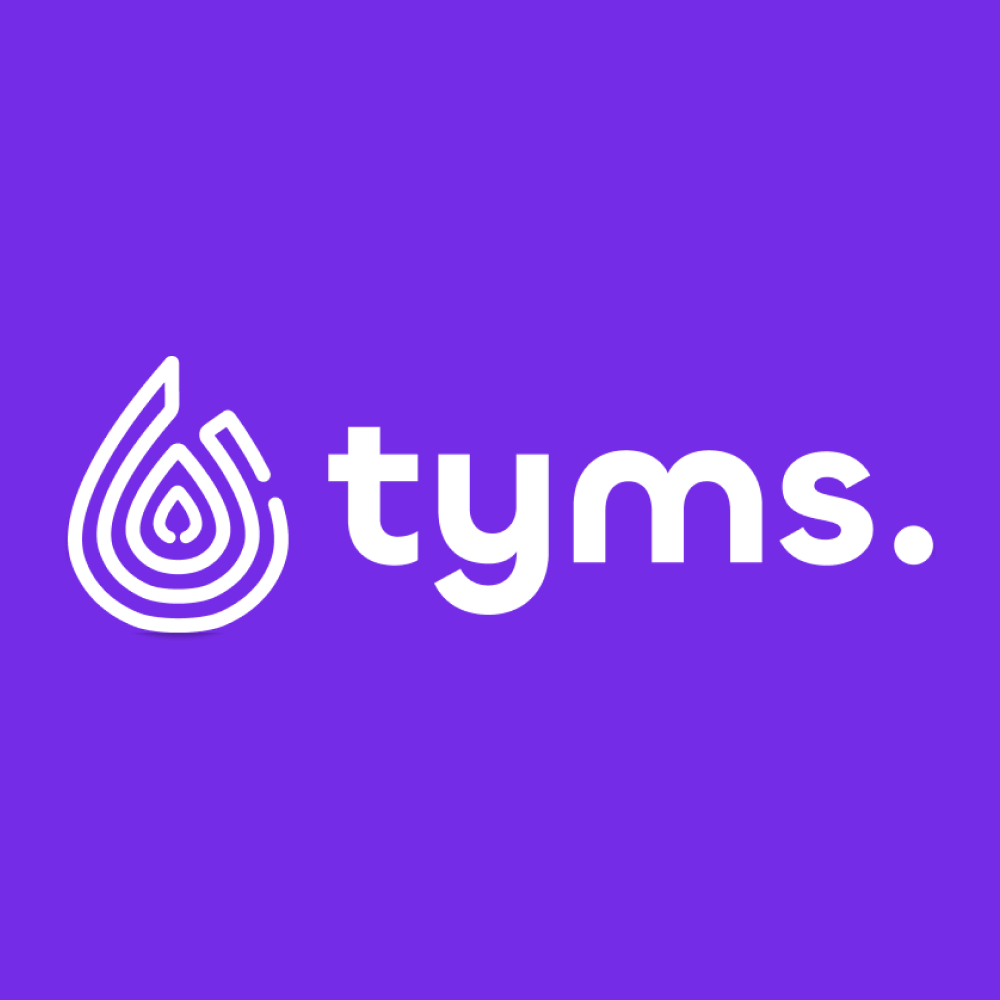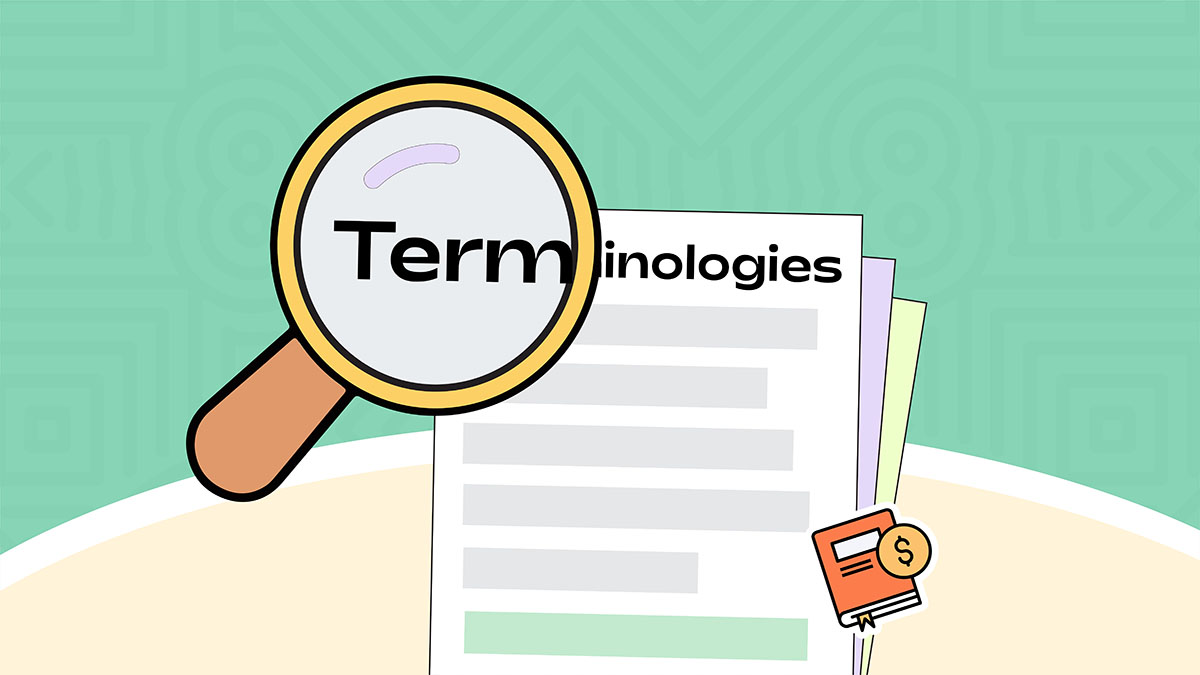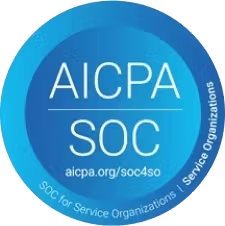Share on:
Do you often get confused as a small business owner with some of the terms in bookkeeping?
Do you find it hard to comprehend what some of the terms in your accounting software stand for?
Or do you get lost when your accountant mentions some terminologies?
There is no need to be, it happens, especially if you don't have a degree in accounting or any business-related course.
Well, there are no excuses to be lost with terms that concern your business.
In this post, I will discuss some of the basic terms used in bookkeeping to help you understand your books and their implications for the overall business.
Let's get started!
Basic Terms Every Small Business Owner Must Know.
Accounting Period
This is a period designated in all forms of financial statements to show the period a business carries out its activities. It Is Not Fixed, It Could Be Monthly Or Yearly.
Account Payable
These are short-term debts owed by a business to its suppliers. It could be money owed to suppliers, bills for utilities or money yet to be paid for any form of service rendered to the business. Proper knowledge of accounts payable will help you know truly how much money your business has, so you can manage your inflow efficiently and ensure bills are paid timely. It is usually recorded as a liability on the balance sheet.
Account Receivable
These account for the expectations of a business from services rendered or goods sold on credit to clients or customers. A good way to track your receivables is with invoices. And, Using automated invoicing makes the process a lot easier, as it sends reminders to your customers. Account receivables are recorded as an asset on the balance sheet. However, it converts into cash in the short term.
Assets
These include items owned by a business that is of monetary value, which is used in running the business. It could exist as tangible or intangible assets. They include machines, equipment, land, buildings, and vehicles.
Balance Sheet
This is a financial report that shows you your business's financial situation, paying particular attention to what your business owns and owes. It includes your assets and liabilities, and your capital. With your balance sheet, you can easily compare different sections to know your business's true worth at a given time.
Billing
This is a business process that involves sending invoices to your clients or customers who purchased goods or rendered services.
Cash Statement
A cash flow statement is a financial statement used by small business owners to capture and report on cash movement in and out of a business. It helps you to know your business's financial health.
Chart Of Account
A chart of accounts is a list of all the different categories of accounts in a company, into which different transactions are recorded.
Closing Balance
This is the money that is left in your account at the end of an accounting period. It could either show a negative balance or a positive on the balance sheet. A positive balance connotes profit, while a negative balance connotes a loss.
Equity
This is the value of your business assets minus your liabilities. It is the portion of the business owned by the business owners or investors.
Inventory
This is part of bookkeeping used in tracking products to be sold to customers. With accounting software like Tyms Book, inventory tracking is a whole lot easier. You can capture barcodes and track your stock.
Journals
This is used in keeping a record of daily transactions. It could exist as a purchase or sales journal.
Margin
The margin shows the difference between the selling price of goods and the cost price.
Overheads
Overheads Reflect Ongoing Expenses Encountered By A Business That Helps In Its Daily Operations. It covers things like rent, electricity bills, phone calls etc.
Payroll
This reflects how a business pays its workers. It is the compensation your workers get from working with you for a defined period.
Reconciliation
This is a business process of comparing two sets of records to ensure that they are the same. It requires comparing internal financial records with external sources such as banks, or any other financial institution to ensure they tally with each other.
Turnover
This is the value of goods and services sold over some time. Turnover is used to understand how quickly a company collects cash from accounts receivable or how fast the company sells its inventory. It could exist in the form of accounts receivable turnover, inventory turnover or working capital turnover.
Turnover can also be classified as business revenue.
Write off
This represents debts owed by customers or clients that are long overdue with no hope of recovery. In such cases, a business decides to write it off from the business books.
Summary
With this post, you should get started with understanding most of the basic terminologies in bookkeeping as a small business owner. Sign up for our newsletter for other helpful business tips.


Tyms
3 mins read


Praise Arannilewa
0 mins read



